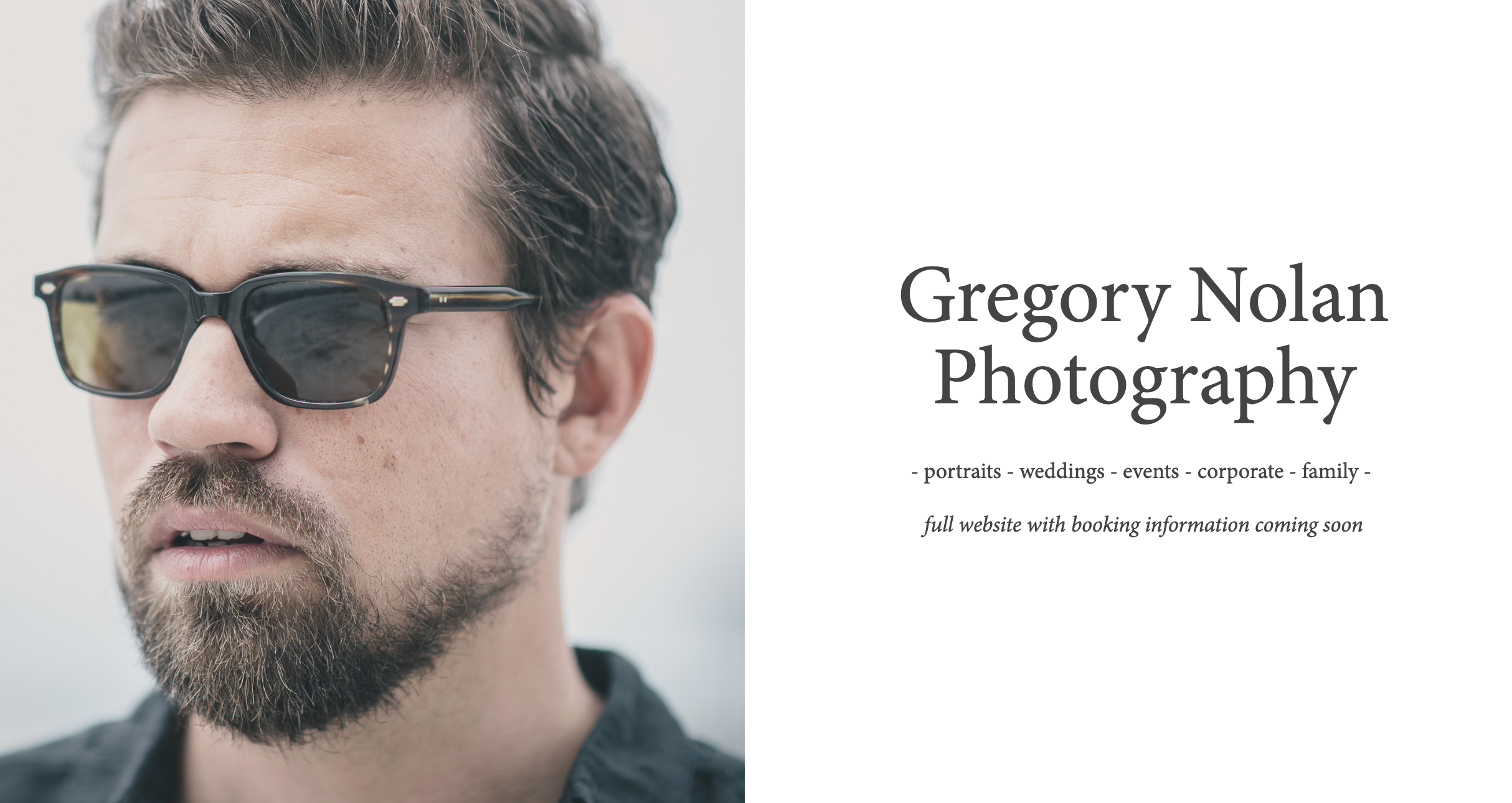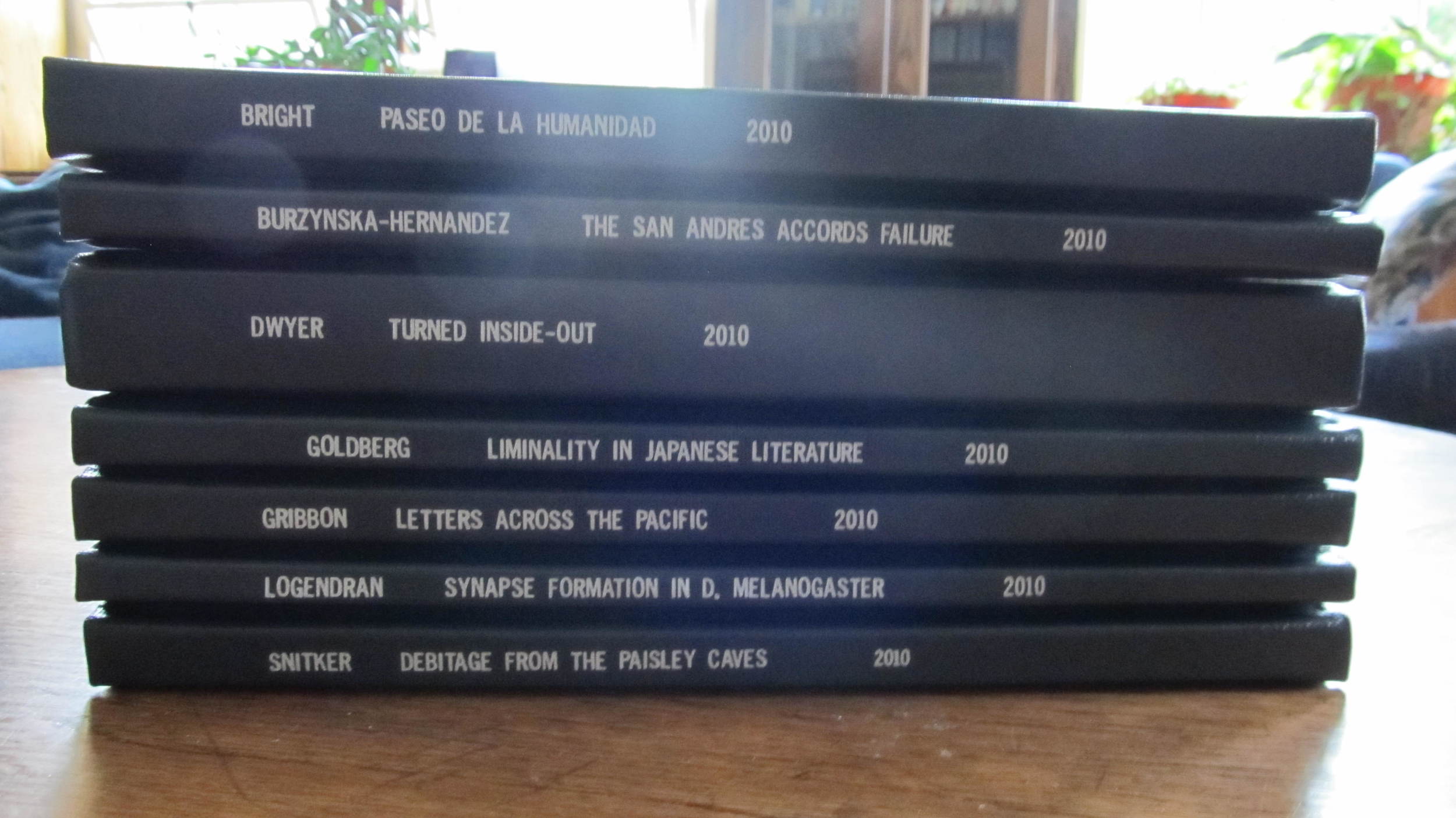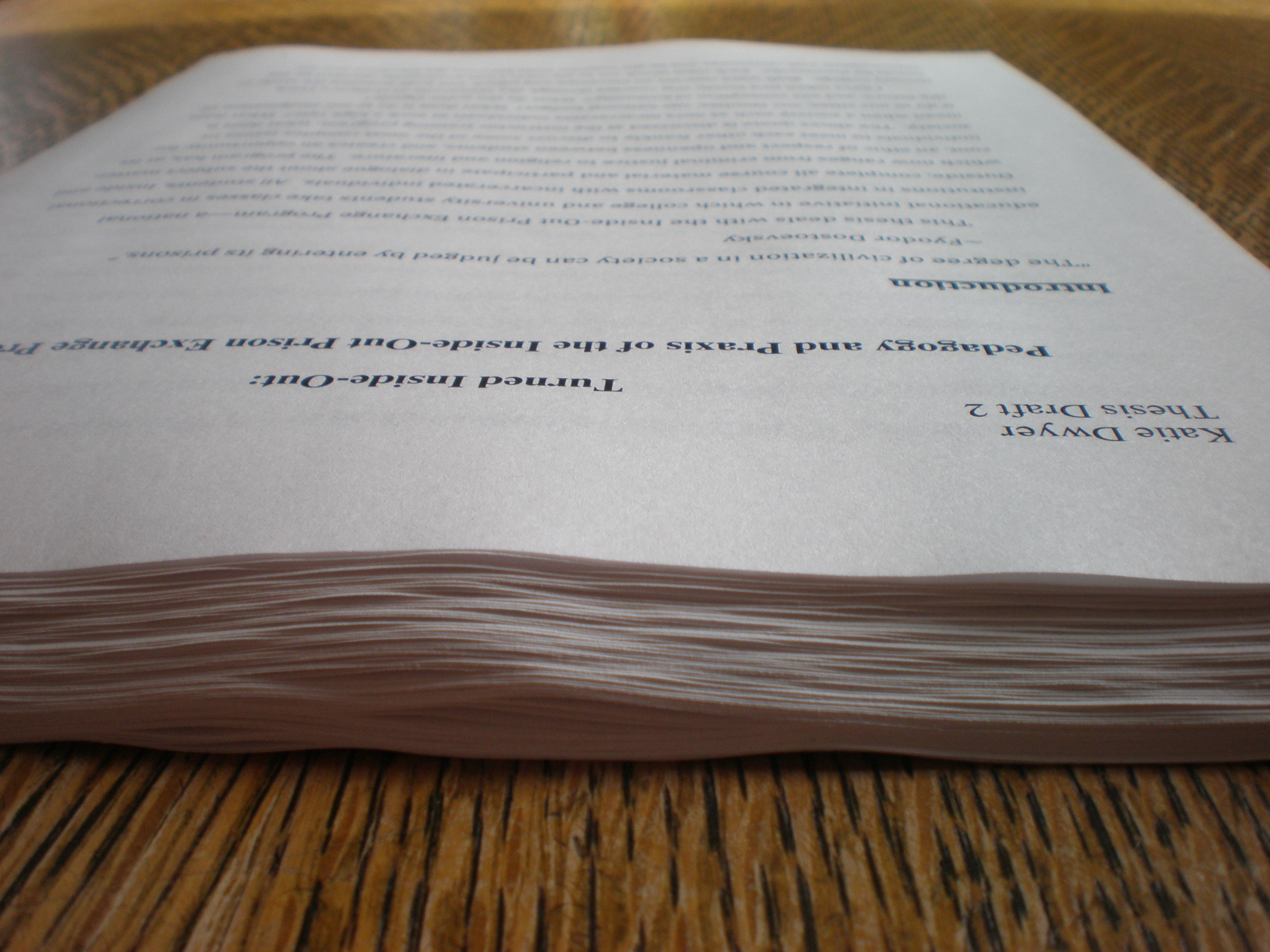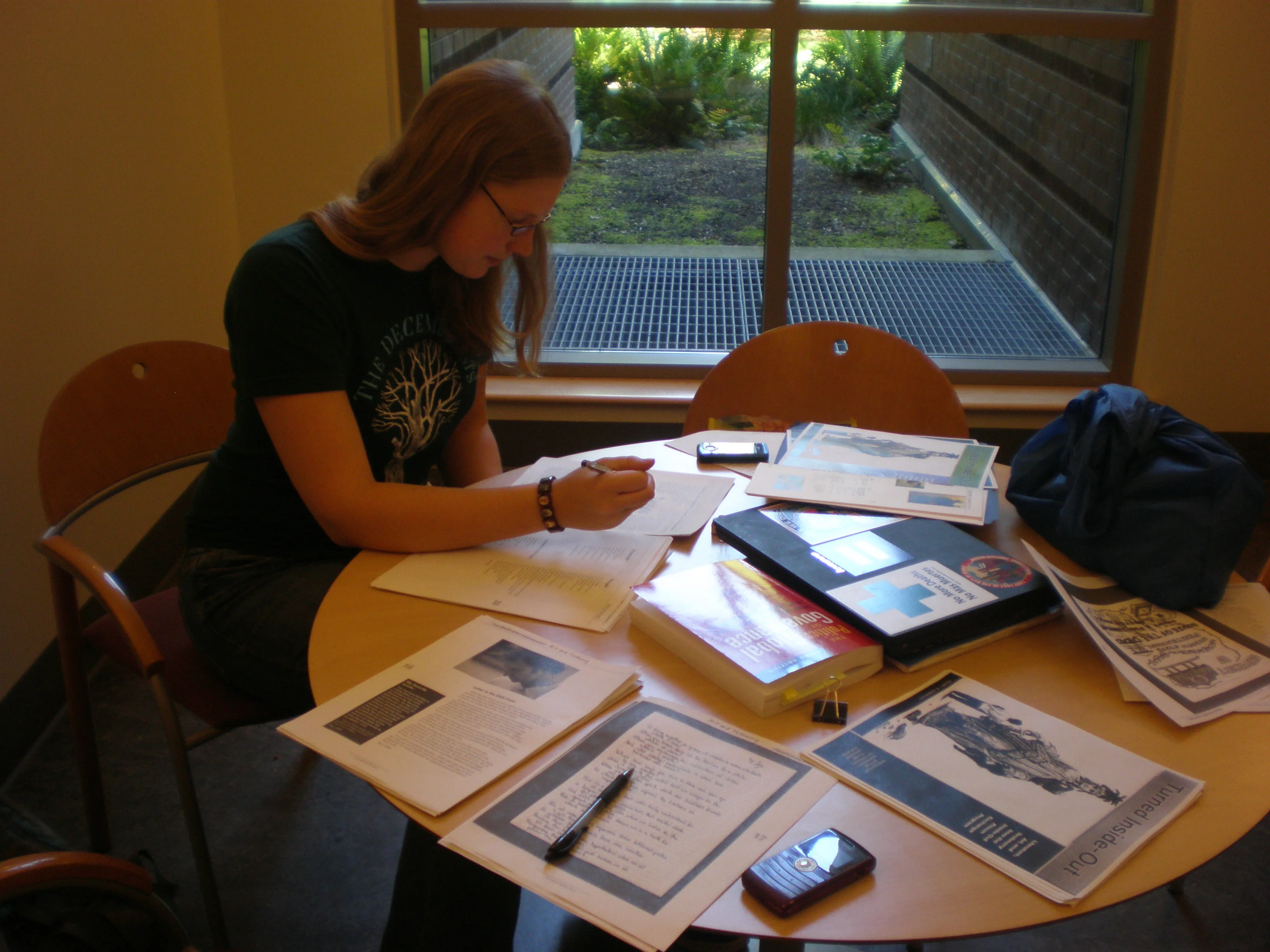Study Tips: Co-Writing An Essay
/Occasionally in the course of group projects and final essays, you will run into a chance to co-author an essay. This could reasonably be approached with the trepidation and anxiety common to group projects—the sense that the exercise will almost inevitably result in unequal effort and a lack of control over the outcome.
Co-writing can work. In fact, it can be an opportunity to play to your strengths and reduce your workload.
Co-writing is also something that happens in the “Real World.”
One of the reasons I want to address this topic, beyond having a great story of co-writing a final essay, is that this process is similar to what will actually happen in the “Real World” in many job situations. Most group projects in school do not resemble a work setting in the slightest—you will rarely be called upon to join a group of four colleagues in presenting on something you know very little about. However, you will often have to turn in a final product, written or otherwise, resulting from collaboration and compromise. In fact, many jobs rely almost completely on this model.
For my first collaborative essay assignment, we had the choice of whether or not to write with a friend, and we also had the opportunity to choose who we would partner with. I hesitated, mostly because I’m a bit of a control freak and knew exactly how I could make a solo essay happen, and had no idea how to approach a co-writing project like this.
The professor informed us that we could divide up the work however we chose—it was completely up to us. And so, after a couple of minutes discussing the option, my friend Leah and I decided to take him up on the offer.
I have never written an essay so easily or quickly. I had also never had the experience of talking through ideas and debating interpretations with a friend before.
The whole experience was a revelation.
Leah and I started by discussing the essay. Out of three options, there was one we were both interested in writing. We talked through how we would answer the question, and which texts from the reading we would like to use to support our arguments. We added thoughts to each other’s approach. We disagreed. We added nuance. We literally compared notes.
After that conversation, what we had was essentially the skeleton of our essay. We knew what we wanted to say, and how we wanted to say it. We knew where our quotes would come from and how they would be used.
Now we just had to write a 15-page essay.
We talked through how each of us liked to write, and (MOST IMPORTANTLY) what part of essay writing each of us loathed.
Here’s the actual breakdown of labor:
- We outlined together.
- I wrote the first draft.
- She added in the quotes, citations, and works cited page.
- She edited.
- I edited.
- We turned the essay in.
It was the easiest essay I ever wrote. And, quite possibly, the most fun.
I wrote the whole thing. But here’s the secret: I wrote it as a fast first draft. I didn’t worry about finding the perfect quote to match the argument, or about getting everything exactly right. I basically word-vomited the entire essay in one massive single sitting. Because I knew she would be editing and adding the supports that make an essay a good-quality essay, I didn’t have to worry about the details of the project. And because we’d talked the whole thing through before I began, I knew what texts we would be referencing, and how the pieces of the argument would build on one another.
It was amazing.
I absolutely hate the little details of academic writing. I loathe all formatting, and find the construction of bibliographies a massive pit into which all my energy and enthusiasm for an essay is lost forever. I know these aspects of writing are important: they are how you mark where your essay fits within academic thought and provides support for your argument. But “important” is not the same as “fun.” I loathe citations.
Because I was working with a friend, I didn’t have to deal with any of the parts of essay writing I didn’t like.
I’m not saying that this model for co-authoring an essay is a perfect structure, or that it would work for just any assignment or every combination of personalities. What I am saying is that the creative division of labor, which plays to the strengths of both parties, is a great way to undertake a shared goal. A shared project should almost always mean that both people do less work than they would otherwise have to do. I can think of basically no situation where both parties should have to sit together and agonize over every word chosen or every punctuation mark.
Some ways to divide labor on a shared writing project:
- Divide the essay into sections and each work to an area of expertise.
- Divide research and create essay-style reports from each research area.
- One person writes the first section, hands it off to the second for editing, then the second person writes the second section and hands that off for editing.
- One person creates a detailed outline (with quotes) and the other fills out the writing.
- One person writes and another edits.
I’m sure there is a vast array of other alternative formats, but here’s the most basic secret to writing together:
It will almost never look like you put in an equal amount of work.
That is not the point. The point is to work together to more effectively tackle the project. Accounting for exact numbers of minutes spent, or word count contributed, is beside the point.
In my post-student life as a writer and researcher, I have tackled multiple shared writing projects. Sometimes I’ve been primarily in charge of the research. Other times I’ve taken the detailed notes prepared for me by others and created a full, edited draft for final editing by someone else. It depends on the project, the team, and the job description.
A short film currently running in Dublinia as part of an exhibition on the Battle of Clontarf. 1000 years ago, High King of Ireland, Brian Boru battled the army of Viking King Sitric Silkbeard to determine the future of Ireland...
I’m including a video created by Noho, the production company I work with in Dublin. I wrote this script, in partnership with another writer, and with research partially undertaken by me and partially provided by the client. Editing was also collaborative: my colleague and I exchanged several drafts before showing it to a panel of experts, who gave us feedback in a round-table meeting.
Then, in a perfect example of real-world collaboration, the 3D animators, graphics folks, voice-over actor, project manager, and video director all took over and made the project real.
In other settings, a similar collaboration would be required for white papers, year-end reports, project evaluations, advertising campaigns, funding requests, PR campaigns, product development, and a host of other uses. Collaborative writing is the stuff of the real world.
When I tackled that first collaborative essay my junior year in college, I had no idea I was forming an entirely new (and marketable) skill set of co-writing. I didn’t know just how freeing it would be to divide labor and share in the shaping of an argument.
Should a collaborative writing opportunity arise, I encourage you to take it. Know your strengths, and use them.





















